The Ticking Crocodile: Performative Accountability in Cultural Institutions
How to spot false gestures at accountability, why acknowledgment is not enough, and what genuine reconciliation might look like
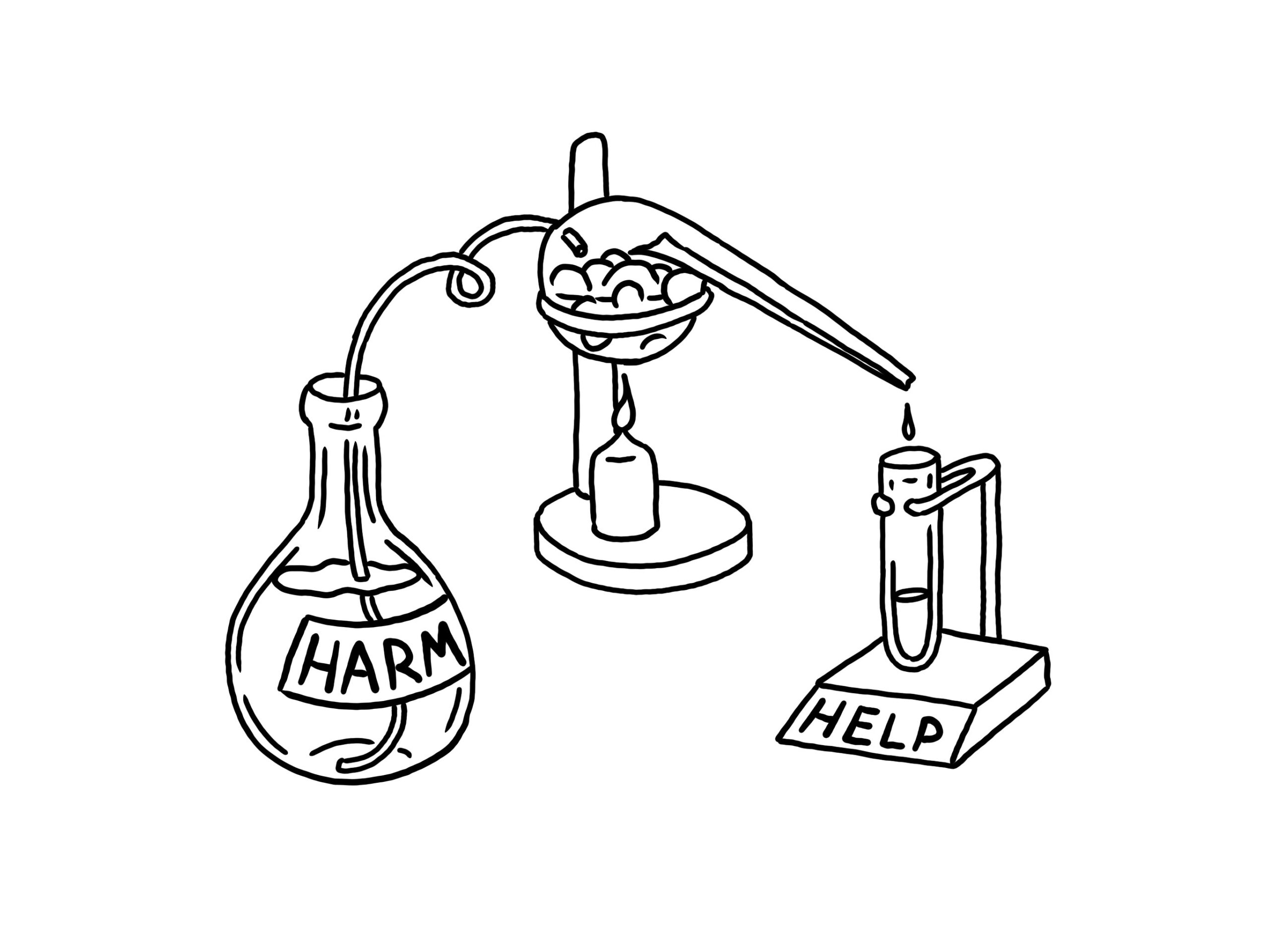
Children and Adults
There is an inherent and inevitable conflict in our lives that rears its head early on, as we begin to test the limits of our autonomy and our cleverness. Children, having little choice, agree to a set of rules around which they have little understanding and even less control over.
And these rules are inevitably broken.
The simple fact is that people make messes. They break things, they hurt others, and, as early as possible, they learn to lie about it. To shirk off the terrible weight of what we as adults call accountability.
In order to tease apart the truth of accountability from the fiction, we must first acknowledge that a fiction exists.
As we grow and change, some of us still cling to these habits of avoidance, having found them effective in the past. We dress up our misdeeds as missteps, we stretch on tights of reputation-saving ignorance to cover up our bare indifference, and we sprinkle on the pixie dust of accountability, which, in this case, takes the form of an acknowledgment or apology. In this way, we appease the harmed without repairing the harm, dancing in an orchestrated circle and chasing our own shadows before we choose to simply fly away.
And, when dealing with children, people accept these deliveries without interrogating them too closely. People assume best intentions and give the benefit of the doubt. They reflect on where these children are in their growth and urge patience.
But in the world of cultural institutions, one thing is certain: we are no longer children. We are contributors and facilitators, leaders and stakeholders, artists and thinkers, community members and liaisons. We are the representatives and ostensible beneficiaries of powerful organizations and historic institutions.
If we as people are to truly seek accountability from ourselves, our peers, and the systems we create and operate within, we cannot continue to accept the bare minimum when harm is delivered. The cultural institutions that claim to center equity and value progress cannot continue to gloss over avoidance and harm in place of seeking restitution, remedy, and relief. Neglected communities and exploited workers have been kept waiting for far too long, and the social space left for museums to grow up is quickly running short.
Institutions, especially those who claim to be actively pursuing accountability, are now regularly and rightfully encountering open ridicule and reputational hazard at the hands of aggrieved employees and wounded community members. Members of the public are sending in lengthy complaints about predatory collections, tokenistic presentations of “inclusion,” and offensive and stereotypical content, and nonprofit professionals are following suit. From @changethemuseum to @deathtomuseums and beyond, social media has created an outrage machine that keeps museums on the defense, constantly reacting when their focus should be on shifting culture, remedying policy, and anticipating and preventing future harm.
When it comes to living out what many institutions are touting as their most treasured values, they are consistently falling short. The opportunity to change their internal culture and create meaningful community connections may be spent before they can seize it. Like the ticking crocodile in Peter Pan, constantly hungry and expectant, time is chasing after all of us. Eventually, it’s bound to catch up.
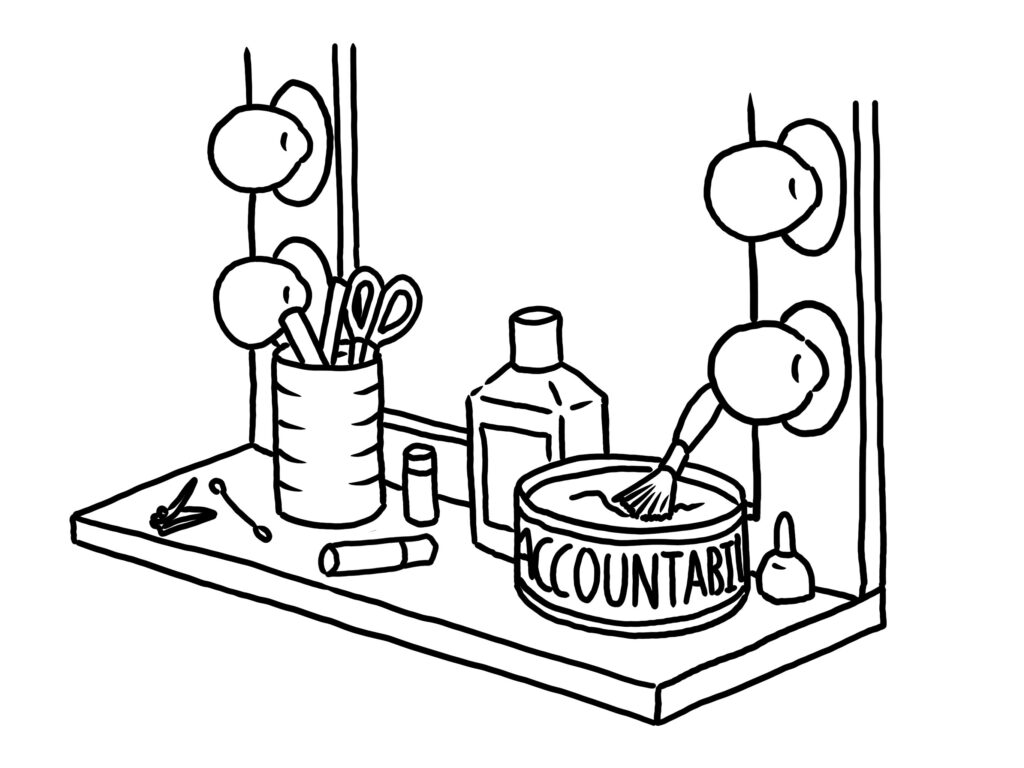
Accountability and Avoidance
Accountability is an increasingly frequent topic of discussion, though we see it so seldom that it is often difficult to discern. It is a long process of self-knowledge and repentance, consequences and prevention, reparations and reconciliation. Cultural institutions, however, seeing little benefit in this process, do their best to dodge the potential reputational damage. The avoidance of true accountability for these organizations seems only natural, as the communities they have harmed the most are rarely the stakeholders that butter their bread. Inculcated with the teachings of a profit-driven world, when museums look at accountability, they often see a risky investment without return.
In my role as a community liaison in the nonprofit museum sector, I am forced to reckon with my own culpability in representing institutions that have grown accustomed to being above the process of accountability. This inclination to meet the process of accountability with the bare minimum of effort, resources, transparency, and honesty is pervasive: the ways of our institutions worm their way into our own practices, struggle though we might.
I have personally touted the importance of placing community needs first, and yet at times I have developed programs based on my assumptions of what those communities need, to the benefit of my own reputation and in service to organizations that have historically cast these communities aside, without doing the painstaking and time-consuming work of exhausting outreach options to assess impact, to address expressed needs, and to work collaboratively.
I have recognized in institutions a propensity for harmful behavior and an inability to adequately address, consider, or validate the needs of diverse populations, and yet knowingly connected these institutions to equitable and inclusive organizations and individuals that honor and serve diverse populations. These institutions apologize for things they continue to do. They promise change they have not the intention or ability to deliver. They do their best to hide the evidence of their misdeeds, like broken dinner plates, hoping that they will not be discovered. Knowing that these institutions will likely fail these potential partners and collaborators, I have represented them anyway.
I have paid experts in emotionally laborious work that centers on race and culture with free passes to a museum, a sandwich, and a drink. These experts sometimes traveled hours to be a part of the work, not to be fairly compensated, but to make an impact in their communities. I allowed my institution to take advantage of that.
I have willingly chosen to do the job of community engagement for museums, knowing the harm that has been delivered and will continue to be reinforced, in full understanding of my limited ability to push policy and culture change in meaningful ways.
I have crafted the very equity statements and land acknowledgments I so often denounce as self-serving and disingenuous, making concessions on important facts and necessary perspectives to appease the concerns of affluent leaders and board members.
I have, either through institutional limitation or lack of conviction, failed to protect the communities I care about from harm, and have occasionally been a direct participant in delivering harm.
To acknowledge these facts does nothing to alleviate the harm these actions may have wrought. To apologize does little when I continue to work for and operate in White-dominated1 nonprofit spaces that seek, above all, to prove that they are rightly positioned and inevitably exculpated in the process of righting these wrongs.
With that in mind, how can I do better? How can institutions do better? How can we stop ducking and dodging and openly address the half-measures we cling to?
And how best can communities and individuals assess who is worth forming trusting, reciprocal relationships with? How can they know when it is better to cut and run?
In the end, it is the demonstration of commitment to the process of accountability that answers these questions. A willingness to face consequences and enact preventative measures. A determination to make things right with those who have been harmed, on their terms. And the acceptance that, at times, the deliverer of harm may not be worthy of reconciliatory practices, and yet must do the best they can to change their impact on those around them anyways.
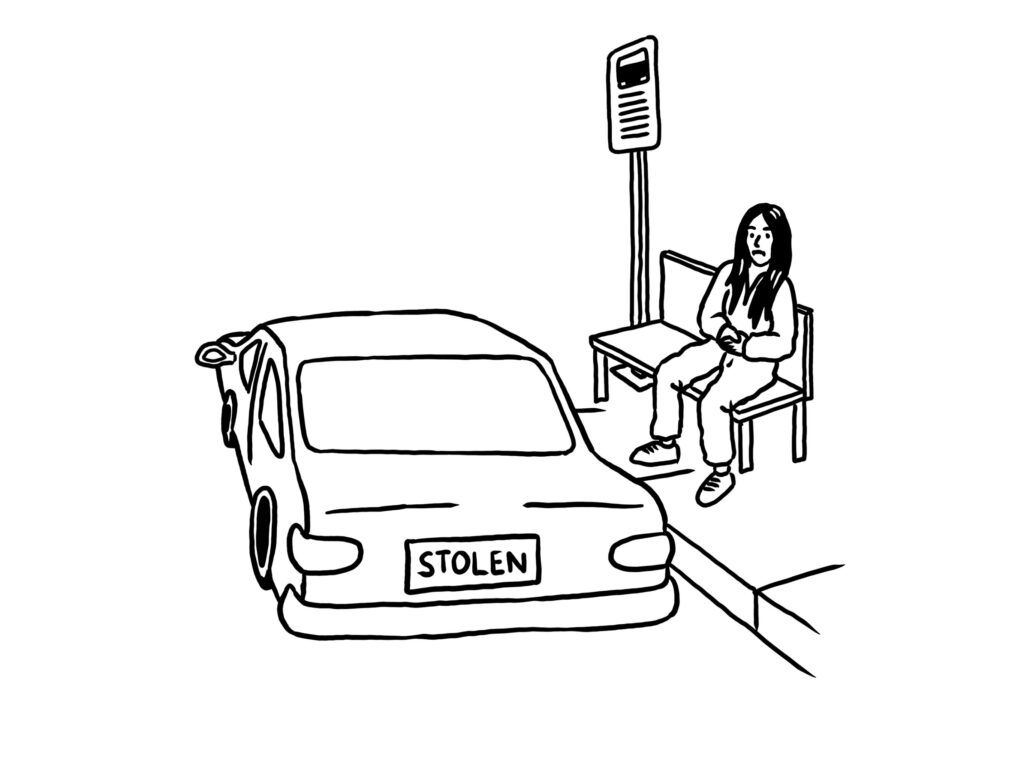
Acknowledgment and Action
Accountability is not now, nor has it ever been, an apology or acknowledgment, a promise to do better or learn more. To equate accountability with acknowledgment is an insult to decency and to the intelligence of all parties involved.
Accountability is a process that you must commit to seeing through, from start to finish. In short, accountability demands action.
Take, for example, the relationship between Indigenous communities and nonprofit organizations across the nation. The history between Native communities, art museums, and informal science and natural history institutions is fraught with generational harm that is still being perpetuated today. The harm Native communities continue to experience has ranged from deliberate misrepresentation and exclusion all the way to graverobbing and blatant violation of sacred practices, with countless appropriative and self-serving acts falling somewhere in between.
And so institutions make an empty acknowledgment of whose stolen land they operate on. Upon observation, this action does not serve as a signal of a pivot towards accountability, but as a smokescreen which clouds the fact that they have no immediate intentions to engage in meaningful and direct repatriation beyond the letter of the law, or to issue reparations as defined by communities themselves. A museum’s intention is not for us to postulate upon, but the impact is that institutions publicly obfuscate the fact that rather than giving back this stolen land or finding ways to share it with communities, they are expanding. With the help of their affluent White donors, they are picking up a new parcel of land, finding a larger building, adding a wing, sending exhibits across the country, selling them off, taking more and more through the same ways and means that served them well to begin with.
A land acknowledgment is worse than meaningless without tangible action steps incorporated into its development: it paints the White colonizer as a woke friend to the Native community, to the benefit of the White community alone, continually pushing off reconciliation and souring relationships that might otherwise have sprouted in a more honestly kept garden.
If I came into possession of a car I knew was stolen from your family, would it make you feel better if, rather than returning it to you or allowing you to use it whenever you see fit, I simply mentioned the theft in a bumper sticker?
There are clear and tangible ways for museums to do meaningful work that honors Indigenous communities. The pearl-clutching and posturing that the donation of land or the dissolving of collections and the redistribution of such things to their rightful owners would elicit from museum executives, board members, and donors is predictable enough. As such, we can move past those clear solutions for the time being. We can, however, certainly find common ground in partnership and space-sharing, program revision and content collaboration, language and culture celebration, and increased commitment to environmental justice. These efforts, however, can not truly be seen as accountable if they are not first identified as priorities by the recipients of harm through genuine community outreach and engagement.
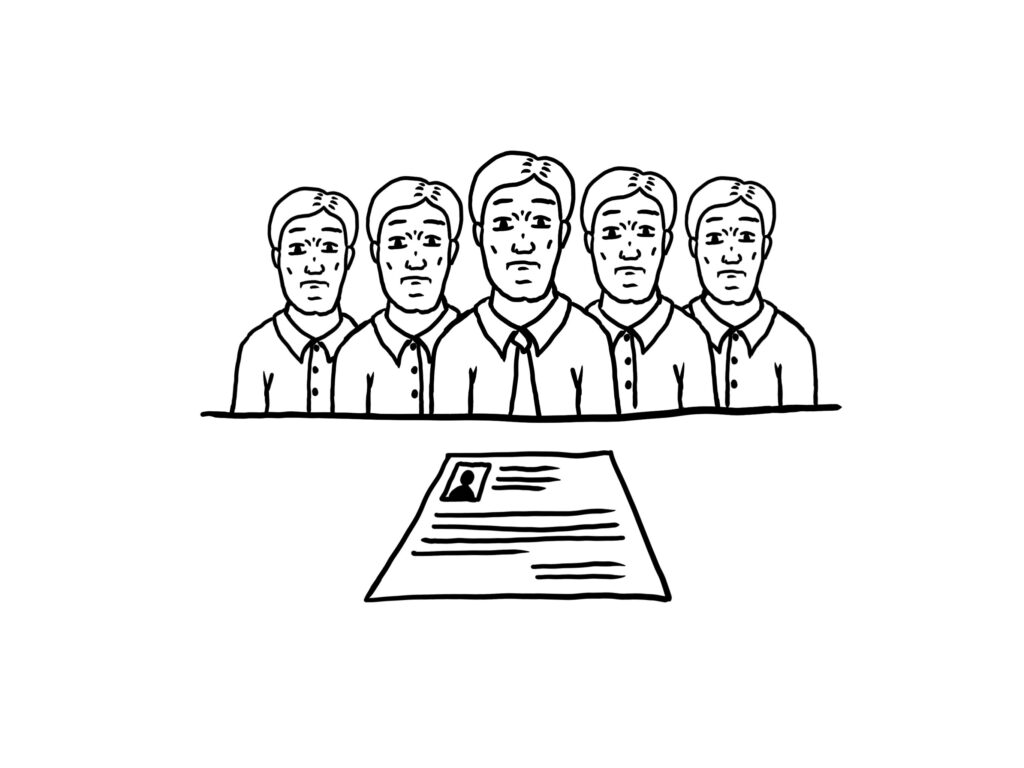
Inclusion and Abandonment
A museum’s equity and inclusion statement is so commonly inundated with buzzwords and phrases that it tends to boggle the mind. One of my favorites is the commitment to “reflect the community we serve.”
As things stand, museums already reflect the communities they serve: White, affluent communities. It is the communities they have historically abandoned that they are attempting to refer to.
While this sentiment is certainly well-meaning, it naturally leads us to examine the root causes of this lack of community reflection. Why do museums have such trouble hiring non-White candidates? Why have they proven so incapable of retaining them? Are museums willing to acknowledge and address the deliberate nature of their own exclusive internal culture? What mechanisms are they constructing to prevent these prevalent issues from prevailing?
As museums have neglected the diverse community members who might have served as museum attendees, so have they neglected those same community members that choose to join their ranks.
In regard to hiring, it is difficult to find a city in which an entry-level position in visitor-facing departments at a nonprofit museum is competitive with an entry-level position in food service or retail. These positions, in my experience, are often staffed by college students on a temporary basis and workers with dual incomes or other means of privilege, those who can afford to take a financial hit to work somewhere they enjoy. It is still more difficult to find museums that subsidize transportation costs for workers who have been gentrified out of the neighborhoods that museums typically serve.
Museums whose equity statements are longstanding and oft-touted still struggle to explain why their senior and executive position-holders are homogeneous ranks of retirement-age White folks. From what I have seen, they are rarely motivated to hire another Black person into a leadership role until they lose one of the Black people they already have.
As for culture, museums are happy to call out the inherent White supremacy culture in their workplace structures so long as they are not expected to abandon the commonly recognized characteristics that drive their productivity: perfectionism, sense of urgency, defensiveness, fear of open conflict, paternalism, and the right to comfort (to name a few.)
Museums are not confused around these issues: any profession of a lack of understanding around the lack of diversity in the makeup of their staff, whether or not this lack of understanding is genuine, is also a tacit confession that there is a lack of willingness to confront and address imbalances that, in the end, turn a worker’s disadvantage, particularly a non-White worker’s disadvantage, into an institution’s gain. The unspoken abandonment of the communities museums contend that they wish to serve carries into their walls and their halls, and the life of a non-White museum worker tends to be a lonely one indeed.
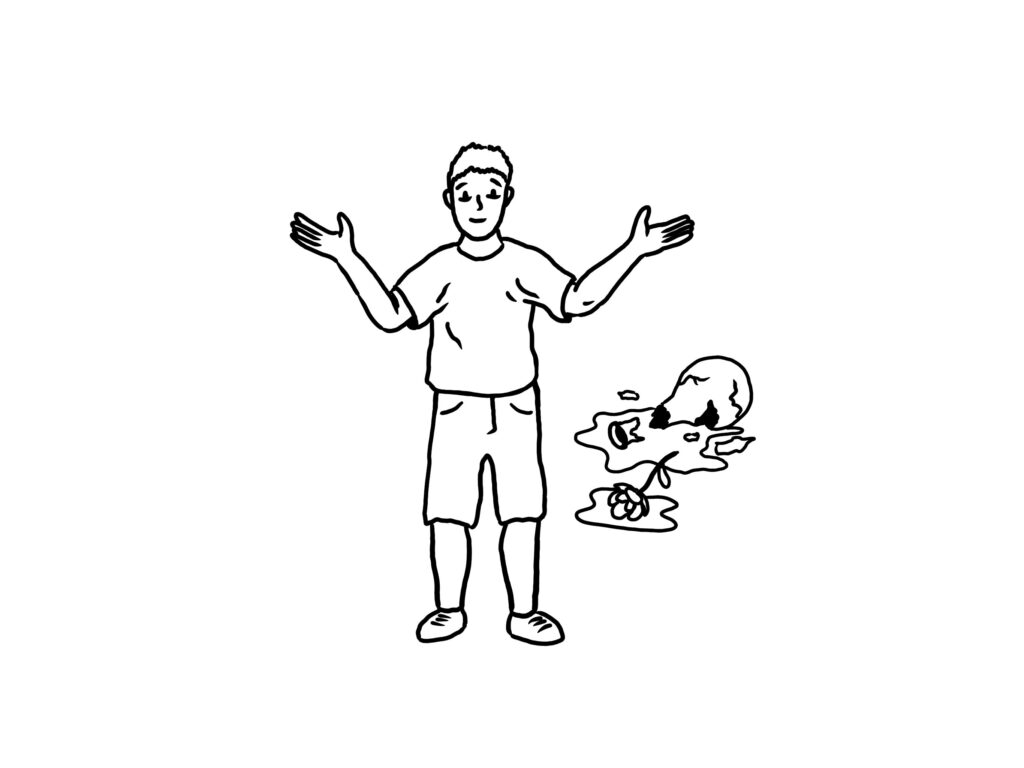
Dollars and Sense
Perhaps the most glaring issue in the sidestepping of accountability in the museum world is the disparity between the publicly stated commitment to being accountable to communities beyond the demographic of White, affluent, college-educated people and the financial investment in that commitment.
Museums are consistently reliant upon grant funding, public funding, partnerships, and donors to meet a hefty portion of their equity and inclusion commitments. A great many equity workers are hired on a temporary basis in grant-funded positions to work on limited, grant-funded projects, the terms of which have been designed and outlined by White staff with permanent positions. Countless access programs are funded directly by companies that seek to cleanse their reputations after delivering harm directly to communities of color. And all the while, budgets are being written by individuals who have gained power and influence over many years by directly capitalizing on inequitable structures, structures rife with minimal culpability and a broken approach to attribution. Many of these people, who have long directed funds directly away from purposefully marginalized communities, are now centering themselves in the work of “being accountable” for their role in directly delivering harm, and positioning themselves as the decision-makers for how that harm will be responded to. This ensures that they will be the ones to determine which way the money flows for years to come while bolstering their position as the arbiters of morality and racial justice.
The process of writing and reviewing budgets is hidden from the workers who will ultimately live out the items in the lines. The process of decision-making is gatekept by leaders who refuse to be accountable to anyone but themselves. The prioritization of change, represented always by the investment of money, is often steered towards neglected communities by reactivity to racially fraught risk of exposure, rather than co-captained by the communities institutions claim to be accountable to.
There are an abundance of programs and initiatives that demand investment. Rather than trying to combine jobs when a position is vacated, museums should be expanding understaffed departments and splitting jobs with too many duties in two. Rather than allowing the culture to drive out untrained or underperforming employees, institutions should be investing in thorough training initiatives and paying for the acquisition of certification and professional development for their employees. And rather than recycling old material for culturally centered programs and initiatives, or having rooms full of White people speaking on behalf of non-White interests, these organizations should be investing in the abundance of expertise and knowledge that exists in historically neglected communities.
Without increased transparency around significantly increased financial investment in the creation of an inclusive, fair, and advantageous workplace, a museum’s word is worth little in the face of their budget.
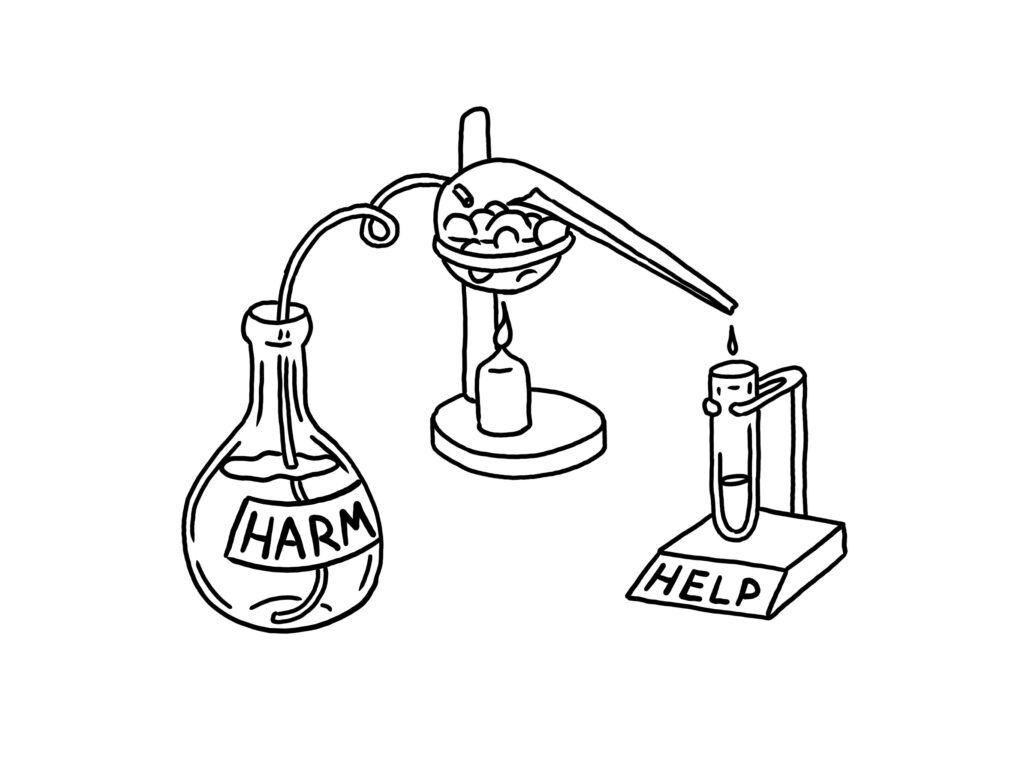
Responsibility and Growth
We cannot walk through this life without causing harm. But we can easily walk through this life as children, choosing to believe that the harm we have caused or benefitted from will simply repair itself, or that it need not be repaired at all. We can do our best to avoid it, we can lay the blame at someone else’s feet, we can apologize and simply move on. And, like Peter Pan, we can hope that that will be the end of it. That we can push off facing consequences and avoid changing our behavior. That we will “never, never have to worry about grown-up things again.”
Accountability is not easy, accountability is not common, accountability can have negative consequences for those who choose to seek it out. But as individuals and organizations and institutions continue to wrestle with their problematic histories and seek to make peace with those who they have harmed, accountability must be clearly defined and pursued with consistency in order for progress to be made. And as models of accountability become common practice for those who are willing to unpack their legacies, the duplicity will become ever more recognizable to those who are looking.
It is my earnest desire to see the institutions of this country leave behind the childish ways of ruthless inculpability—to abandon the colonial swashbuckling and paternalistic storytelling of their wayward youths, to stop flying away. Because to live eternally without consequence, without growth, without responsibility, and without honesty, could hardly be said to be living at all. And to live responsibly and honestly would be an awfully big adventure for these storied institutions indeed.
Until such a day as cultural institutions are ready to walk the walk, they should not be surprised when the community at large grows tired of their talk. If institutions truly wish to reflect the communities they purport to serve, the time has come for those target communities to broaden and shift, for the impact of that service to change, and for these institutions to be changed by that process. The world around us is learning to wrestle with accountability, to delve into its meaning and substance, to find new practices and ways to enact it. Let us pray that museums choose that struggle as a point of reflection.